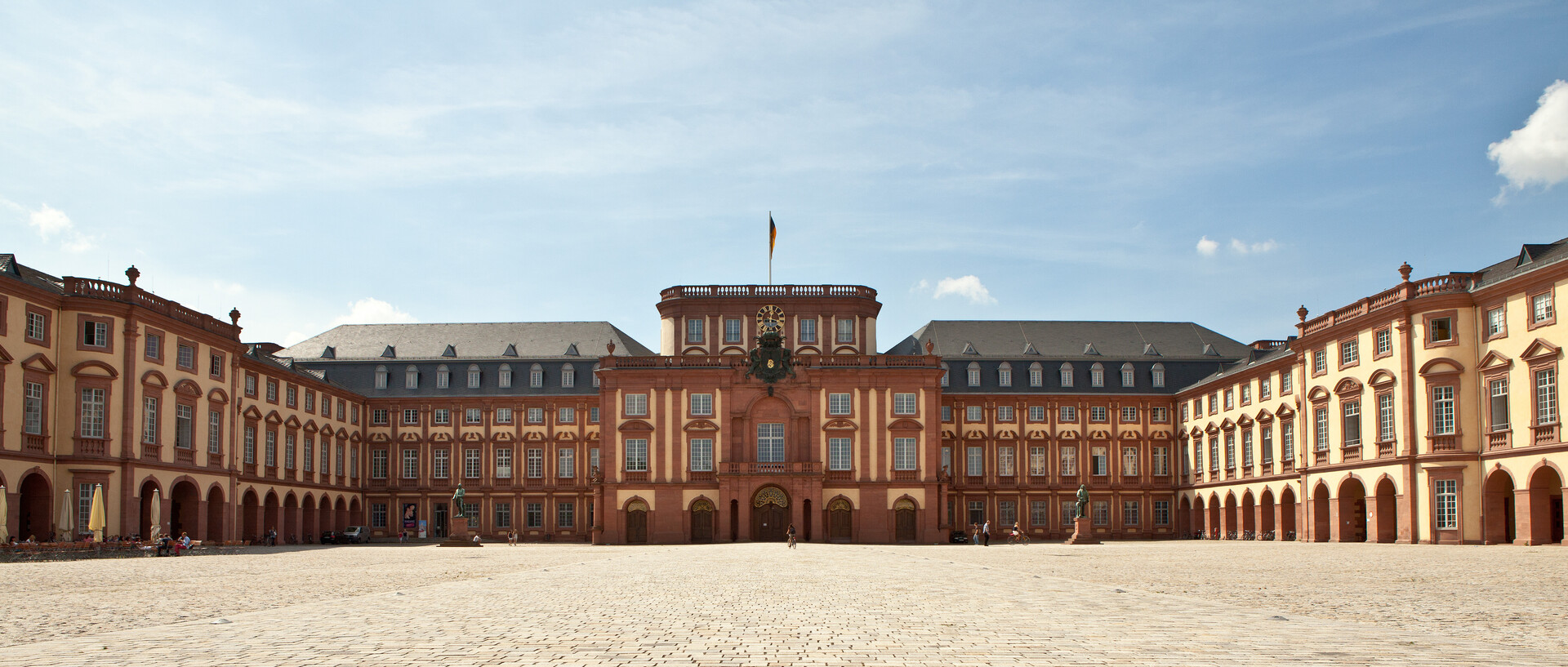Accepting Refugees Increases Per Capita Income, Productivity, and Wages in Germany in the Long Term
A new study led by the economists Antonio Ciccone (University of Mannheim) and Jan Nimczik (ESMT Berlin) investigates the long-term economic consequences of the influx of expellees after World War II.
Press release 15 March 2022
Print version (PDF)
How has the reception of refugees after World War II affected today's productivity, wages, per capita income, rents, and population density? A new study reveals that even almost 75 years later, population density is still higher in towns that received many refugees than in those receiving few refugees. At the same time, towns that hosted more refugees, today report higher per capita incomes, higher productivity, and higher wages. Per capita income and productivity, for example, rose by about 13 percent in the long term, and wages by about 10 percent.
In their study, Professor Ciccone and Professor Nimczik analyze the economic development of towns located along the border between the former US and French occupation zones in what is today the German state of Baden-Württemberg. After World War II, millions of people were displaced to West Germany. At that time, Germany was divided into four Allied occupation zones. As the French occupation zone restricted the access of refugees, most refugees ended up settling in the US, UK, and Soviet occupation zones.
“Today, the economic consequences can be seen most clearly by comparing the towns located right on the former border between the occupation zones,” explains Antonio Ciccone. “In 1950, the year after the occupation zones were dissolved, there were many more refugees in the towns on the former US side of the border. As a result, population density was 20 percent higher than on the opposite side of the border, the former French occupation zone.” Prior to the arrival of the refugees, on the other hand, there had never been any differences in population density along the border.
Seventy years after the occupation zones were dissolved, the population density in the towns on the former US side of the border is still higher – by about 25 percent – than in the towns on the opposite side. At the same time, these towns today report higher per capita incomes, higher productivity, and higher wages.
“Today, wars, civil conflicts, economic collapse, and climate change continue to cause massive refugee movements. Of course, humanitarian considerations must be the main motivation for the measures taken in support of refugees. However, economic costs and benefits have always played a role as well. The public debate in potential host countries usually focuses on a short- and medium-term perspective. The case of WWII refugees in Germany, however, shows that the longer-term economic benefits may also be considerable,” says Professor Nimczik.
However, WWII refugees in West Germany were not always welcomed or treated as equals. It took decades before they were generally accepted and integrated. “Today’s economic advantages of the towns that back then accepted expellees only set in little by little. They may not have been evident at the time the refugees were received and during the first decades after their arrival,” explains Professor Ciccone. Ultimately, however, the economic effects appear to have been substantial.
The study is based on data supplied by statistical authorities, which have been made available only recently as part of the German open data strategy.
Link to the original publication
Contact:
Prof. Dr. Antonio Ciccone
Chair of Macroeconomics and Finance
University of Mannheim
www.vwl.uni-mannheim.de/ciccone/
E-mail: antonio.cicconeuni-mannheim.de
Prof. Dr. Jan Nimczik
ESMT Berlin
faculty-research.esmt.berlin/person/jan-sebastian-nimczik/bio
E-mail: jan.nimczikesmt.org
Katja Bauer
Deputy Head of Communications
University of Mannheim
E-mail: katja.baueruni-mannheim.de
